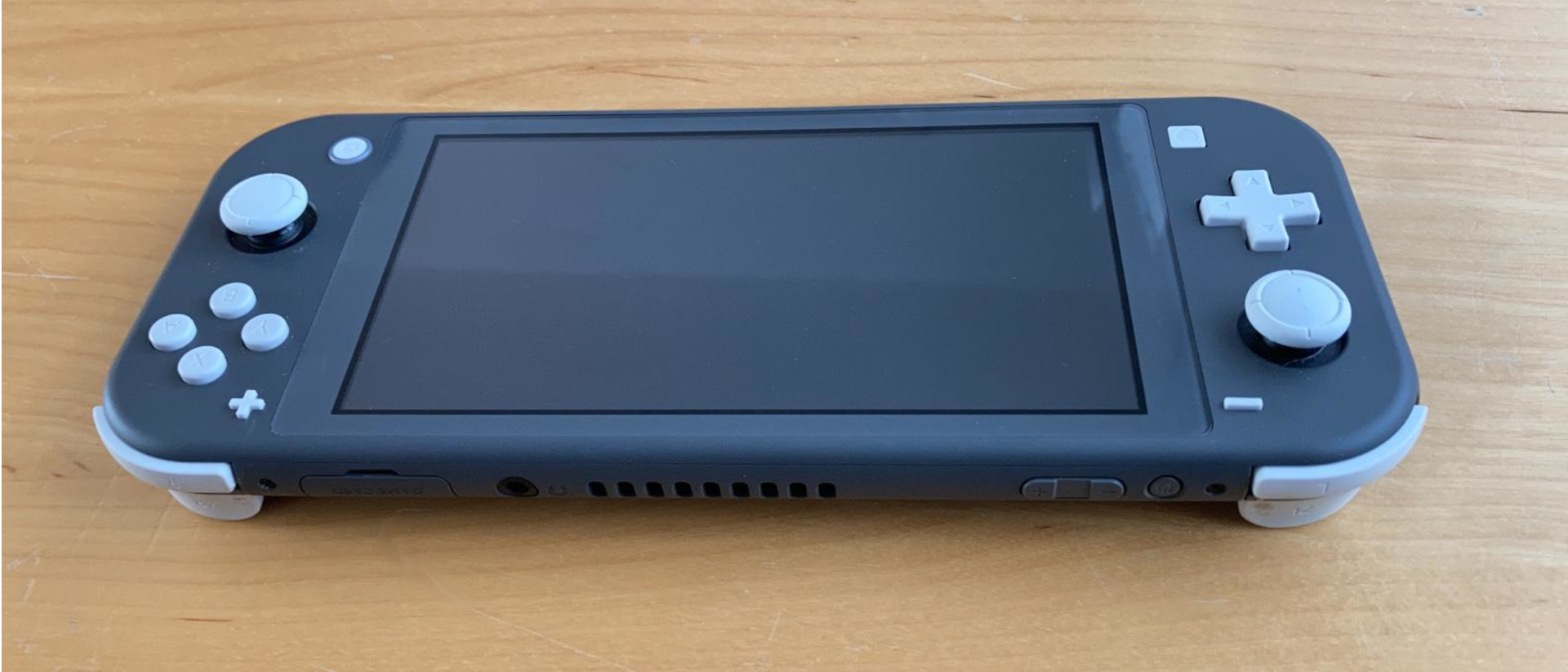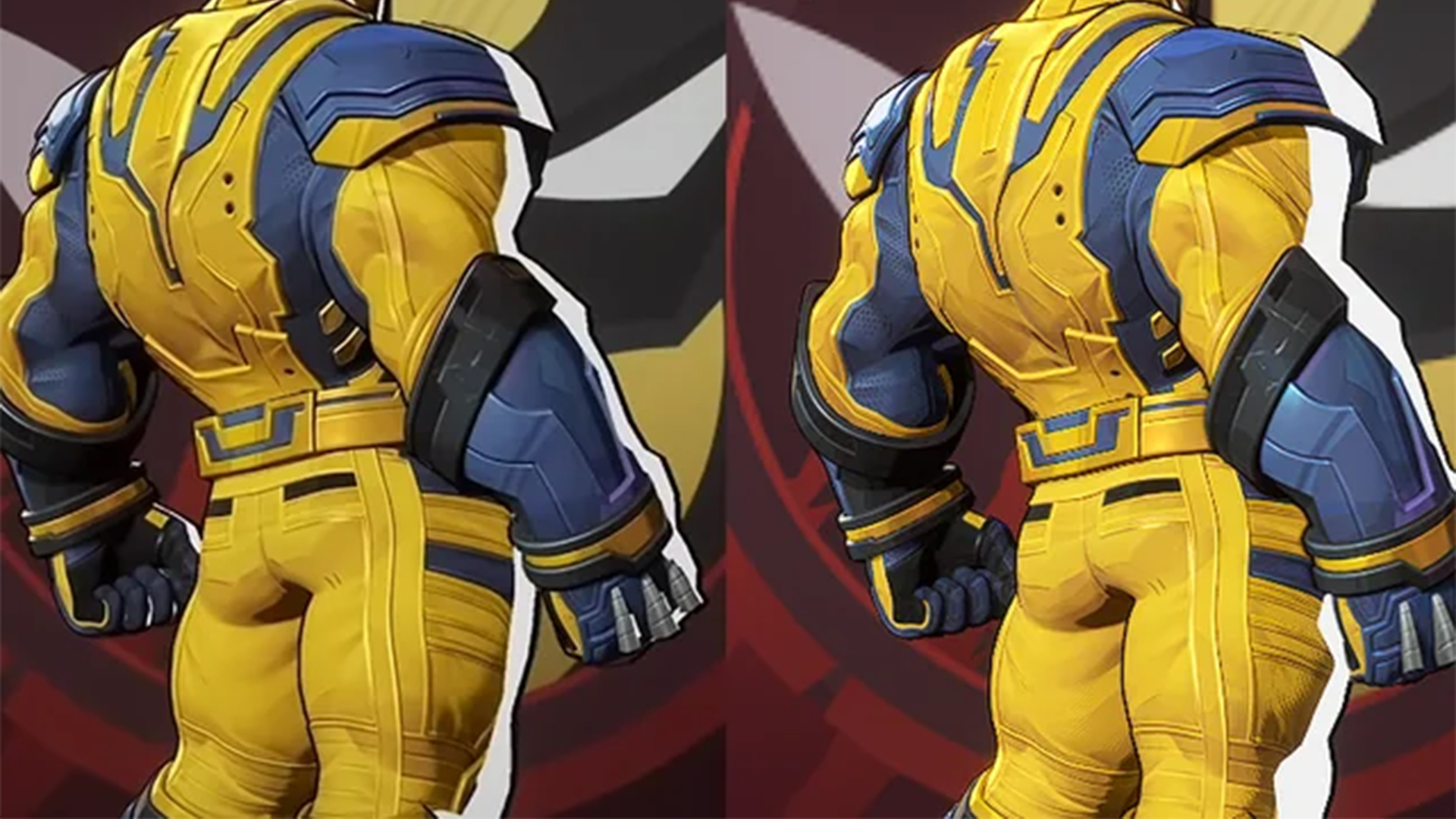Our Verdict
The Nintendo Switch Lite offers a great solution for gamers looking to reclaim a handheld gaming experience, especially if playing games in docked mode on a TV or monitor has no appeal.
For
- Improved handheld portability over the original
- Fantastic colour range
- Affordable price for a console
Against
- No built-in rumble or kickstand
- Limited to handheld games
Why you can trust Creative Bloq
Size: 91 x 208mm x 14mm
Weight: 277g
Processor: Custom NVIDIA Tegra
Resolution: 1280 x 720
Screen: 5.5-inch (1280 x 720) LCD touchscreen
Storage: 32GB, expandable with microSD cards
Battery: 3,570 mAh (3-7 hours)
The Nintendo Switch Lite captures a market that was more intended to be covered by its older sibling, the full Nintendo Switch console, in the way that it offers a truly handheld console experience for gamers. Taking over from older hardware such as the Nintendo 3DS, the Switch Light is the new king of ‘gaming-on-the-go’, provided you understand that its limitations are also its greatest selling points.
This is an all-in-one solution with no detachable Joy-Con controllers, which is great for kids who may be liable to break them, or simply if you have a preference for portability. This doesn’t mean you won’t run into the dreaded Joy-Con drift (a fault where the controllers move of their own accord when they shouldn't) sadly, as both consoles have been known to suffer from it, but having the controls built into the console itself means you won’t need to keep track of where they are or take care when removing or storing them.
On similar lines, you can only use the Switch Lite as a handheld console as it’s not compatible with the docking station used to connect the standard Switch to a TV or monitor, making this the only Switch console that doesn’t actually ‘switch’ into anything. If you were hoping to blow games up like the Legend of Zelda: Breath of The Wild onto a big screen then you’re out of luck, but this incompatibility is well displayed and advertised when buying the product.
Both of these ‘caveats’ are what make the Switch Lite a capable handheld console though, massively reducing the amount of equipment you need to carry around and instead, leaving you with a smaller device that can be thrown into a bag without concern. If you'd like to compare the Switch Lite with the full-fat Switch, then see our Nintendo Switch review.
Already decided to get the Nintendo Switch Lite? Be sure to get the best Nintendo Switch Lite deals, then check out the best Nintendo Switch games, or check out our pick of the best games consoles if you're looking for other options.
Nintendo Switch Lite price and availability
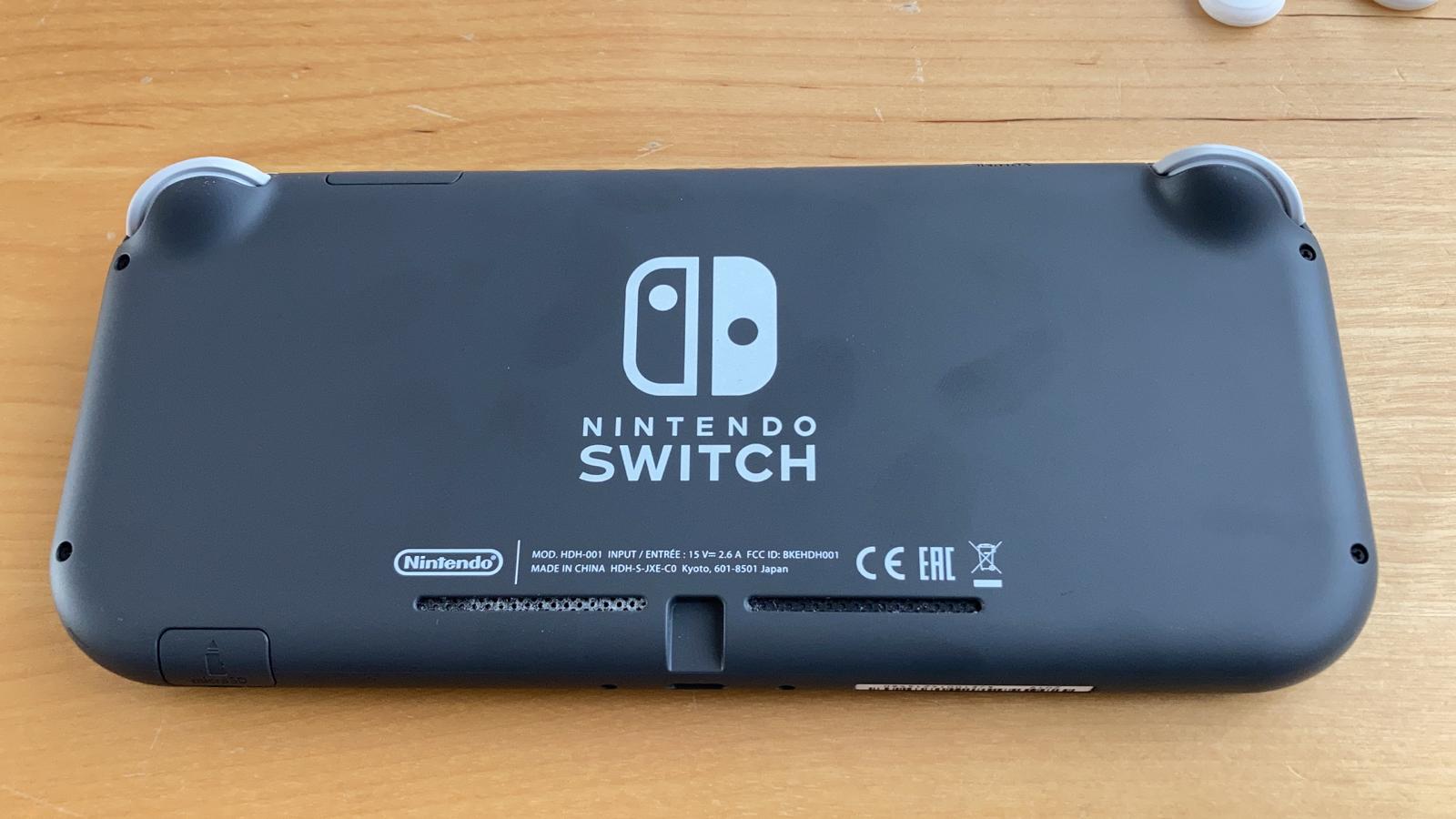
The Nintendo Switch Lite has an official retail price of $199 /£199.99, compared to $299.99 / £259 for the Nintendo Switch. But for that, you’re only getting a console as the Lite model isn’t compatible with the standard console dock. There are other benefits though as the Lite version has a more attractive range of colours, such a yellow, turquoise, grey, blue and coral pink.
There are also Special Edition versions available such as the ‘Zacian and Zamazenta Edition’, though these are usually a limited run so you’ll need to act fast to snap one up when they’re available on the shelf, or pay a pretty penny to secure one second hand.
Availability has been historically tricky thanks to the ongoing silicon shortage, but as the Switch Lite was originally released back in 2019 there are used models available online and it hasn’t suffered as much with scalpers as the full-fat Switch console. These days, it isn’t difficult to find new inventory on websites like Amazon though, so if you were looking for a console in time for Christmas, you shouldn’t have any issues picking one up (keep an eye on our Black Friday Nintendo Switch deals page for offers).
Nintendo Switch Lite build and design
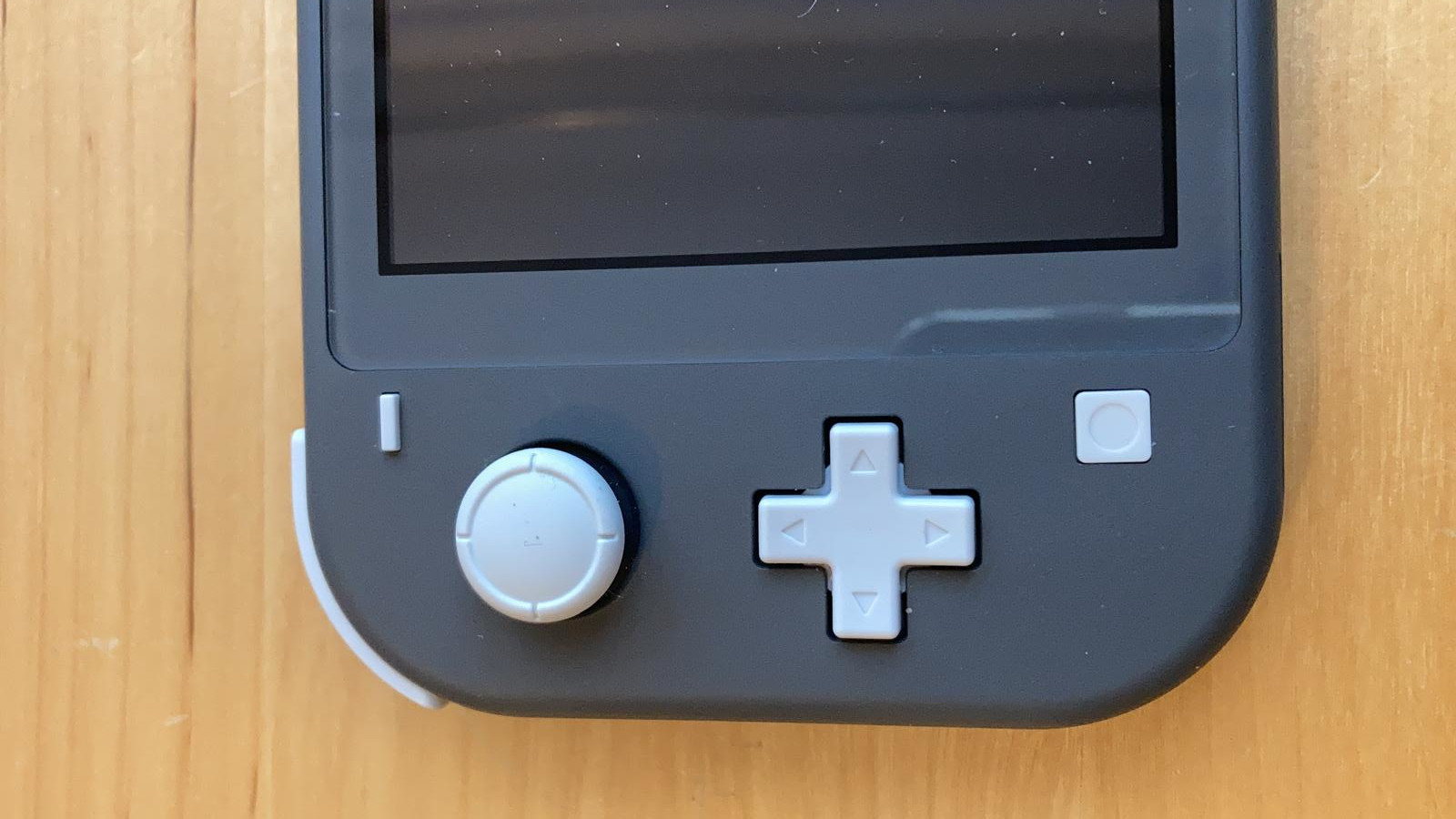
If you found the original Switch to be a bit unwieldy for a ‘handheld’ then the Lite has made things more compact, measuring up at 91.1 x 208 x 13.9mm and weighing just 275g compared to the original’s 102mm x 239mm x 13.9mm and 297g.
This smaller size also makes it feel more robust as nothing is detachable, and the display being built directly into the console also means that the ugly black border around the screen has been removed, instead showing an extended chassis in the colour you selected for the model. The display is also now just 5.5-inches compared to the original’s 6.2-inches though, which comes with some benefits.
For one, you get a slightly sharper image as the resolution hasn’t been reduced from the 720p seen in the full Nintendo Switch, giving the Switch Lite a pixel density of 267 pixels per inch (ppi) over the original Switch's 236 ppi. On the larger console this can be upscaled to 1080p when docked, but given you’ll be stuck playing in handheld you won’t have an issue with pixels on such a small display.
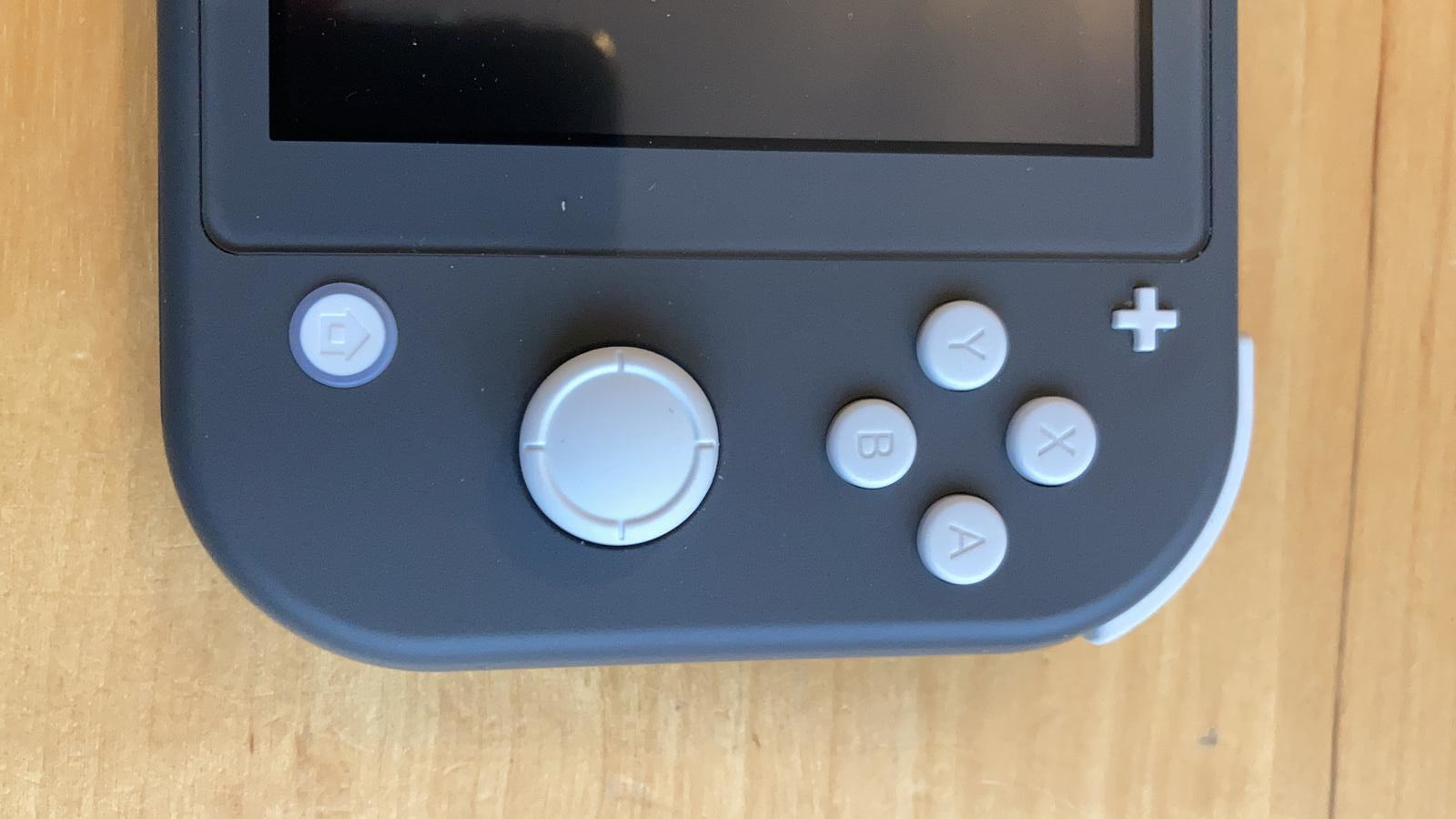
The overall size of the console also just feels more natural compared to the bulkier original, perfect for whipping out to play a few rounds of Tetris while at a café or on a train. You get a D-pad on the left-hand side of the console as you don’t need to detach the controls for multiplayer, which helps with the handheld aspect, especially when playing retro SNES titles from the Nintendo Online membership.
The shoulder bumpers will take some getting used to if you mostly play using a dedicated controller as they’re a great deal slimmer than anything you’d find on Xbox Series X or Sony PS5 compatible controllers. Still, the Switch Lite is easy to wrap your hands around, even for a smaller child so unlike those bulkier buttons, this does feel like it’s been designed with the entire family in mind.
Nintendo Switch Lite features
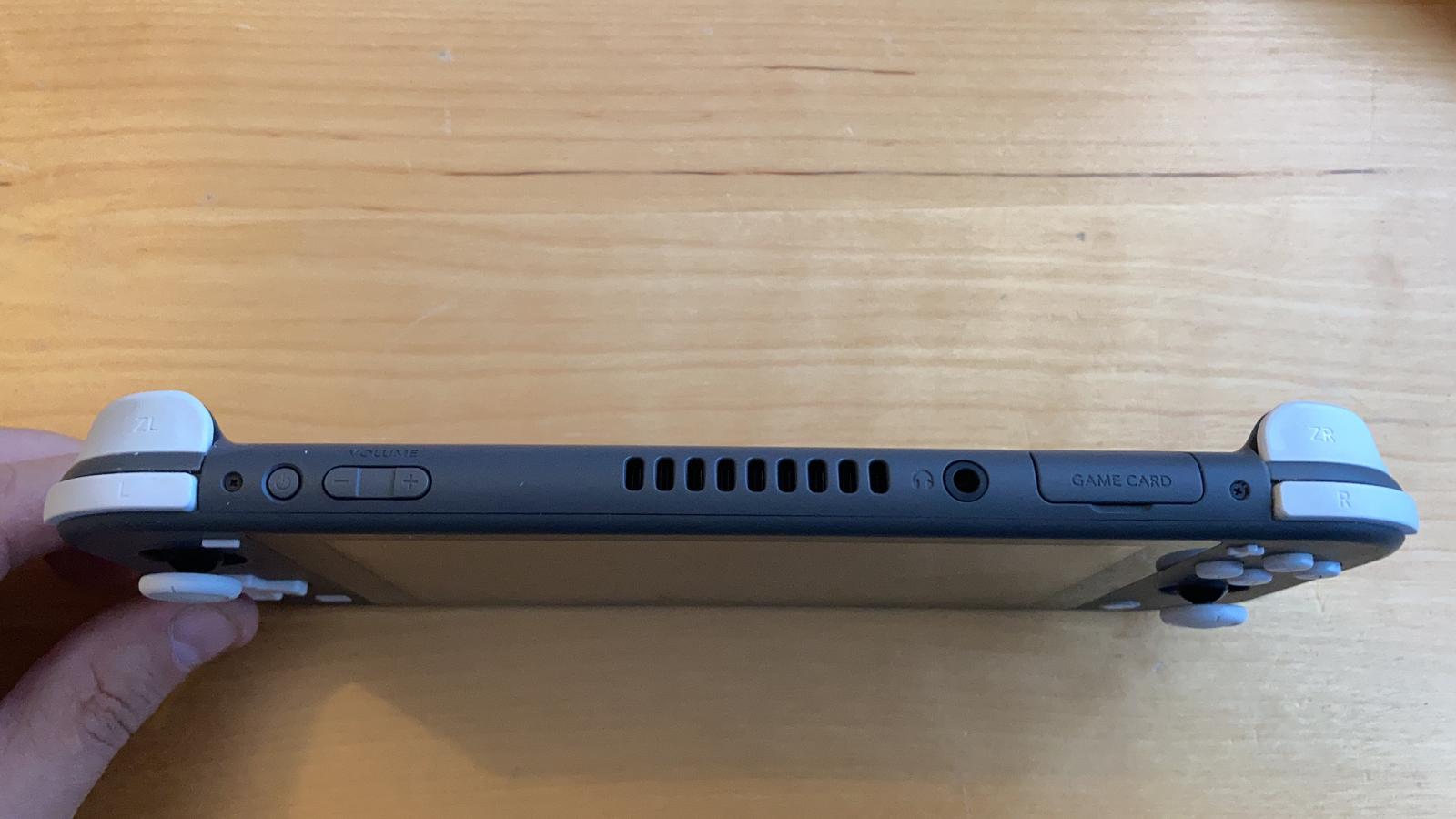
Alongside the lack of detachable Joy-Con controllers and docking capabilities, the Switch Lite doesn’t have a kickstand at the back, which means the console can’t be played at an angle with a separate controller. It is possible to connect a wireless Switch Pro controller or Joy-Cons that you might already have, but the fact that the Switch Lite can’t support itself means this would be a tricky setup.
You also lose out on features like the IR Motion Camera and rumble/vibration, and the lack of Joy-Cons means you won’t get to use motion controls in games like Skyrim. In fact, the console being restricted to handheld only means you need to look out that the games you’re buying can be played on the cut-down console, such as Ring Fit Adventure. The list of unsupported titles is small, but you'll be unable to play most fitness games unless you attempt a Joy-Con setup from that teeny screen.
Games that require Rumble could be played with Joy-Cons attached, but again, the setup and small screen size make this less than ideal so it's best to consider that that console shouldn’t be used this way.
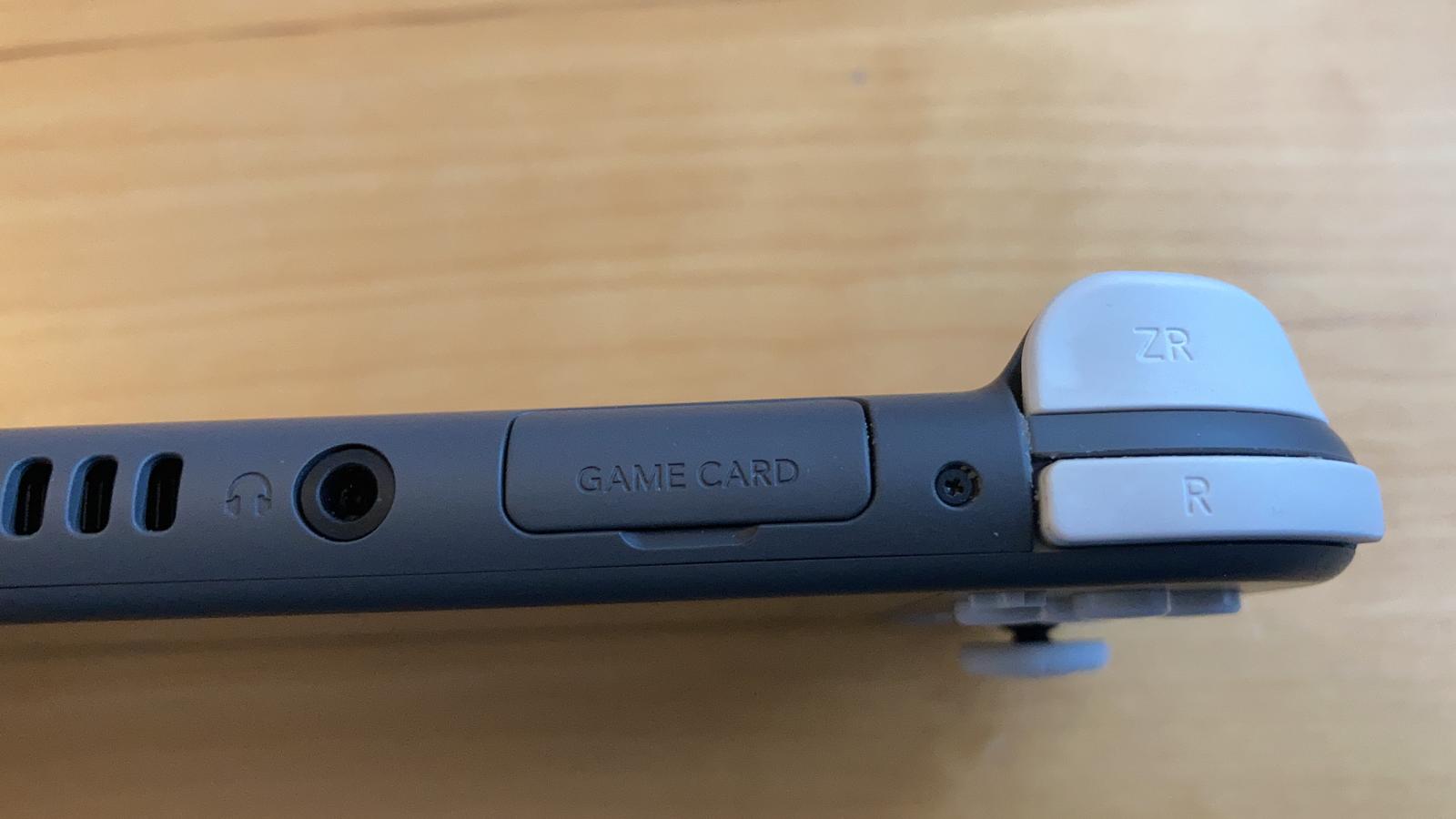
The thing is, it feels odd to try and classify any of these as negatives when they’re mentioned as actual selling points for the console. Nintendo couldn’t be more up-front about the market for the Switch Lite – folks that wouldn’t use the full capabilities and functions of the original Switch console but still want to play Switch games as a handheld. The audience for this is more people who enjoyed the Gameboy and DS series than it is for fans of the Wii.
There are some features that carry over from the full Switch though, such as a standard headphone jack located at the top of the console for headphones, an SD card slot to expand the standard 32GB of memory and a touch screen display, though the screen is noticeably less responsive on the Lite model.
Switch Lite also still has an accelerometer, gyroscope (so you can still use gyro controls in games like Breath of the Wild), and brightness sensor that will adjust the screen's brightness depending on your surrounding.
Nintendo Switch Lite performance
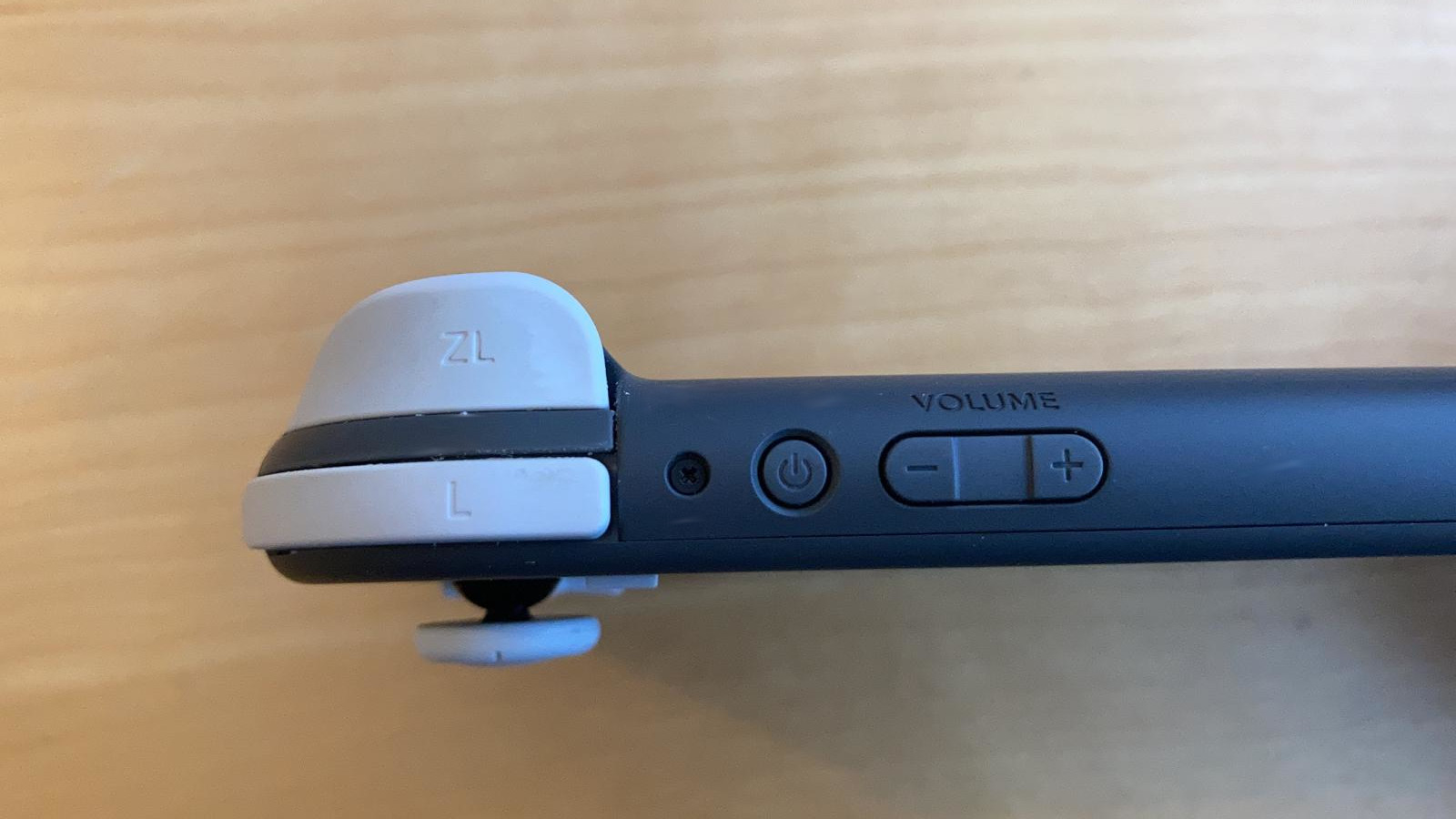
The Nintendo Switch Lite has almost the same performance you’d see on the Switch, except that the Lite has a slightly longer battery life of 3-7 hours (depending on what titles you’re playing), which is about 30 minutes more than the original Switch, and one-two hours less than the upgraded Switch released back in 2019.
We found that around 4-5 hours is the average across the titles we played, which included Pokémon Shield, Spyro Reignited Trilogy and Animal Crossing: New Horizons. Even older titles such as Final Fantasy 9 couldn’t hit the 6-hour mark.
Wireless online play is also very similar in performance to the full Switch model, but you still have the requirement to pay for full online access to get certain features, such as trading Pokémon with friends in Sword or Shield.
Due to the smaller size of the console, it's much easier to play in a vs match online against friends in games like Mario Kart providing your opponents are also in handheld mode, though you might feel disadvantaged against an opponent using a docked Switch with a specialised controller.
Nintendo Switch Lite — should you buy it?
If you want a handheld console to play while travelling then the Switch Lite is preferable over the larger, original Nintendo Switch. On the flip side of that, if you plan on only playing your console while at home then you might prefer to make the leap to the larger model, especially now the Switch OLED is available to bring the best of both worlds thanks to that glorious
The more compact size of the switch is restrictive on compatible games and hardware, but as a successor to the Nintendo DS, it works brilliantly, feeling well-sized for children and adults alike. Its colour options also bring more charm than either of the other Switch consoles currently available, and it’s also the most affordable console in the Switch family, giving you access to most of the Switch games library without paying for unnecessary features you wouldn’t use.
Read more: The best Nintendo Switch games

Thank you for reading 5 articles this month* Join now for unlimited access
Enjoy your first month for just £1 / $1 / €1
*Read 5 free articles per month without a subscription

Join now for unlimited access
Try first month for just £1 / $1 / €1
out of 10
The Nintendo Switch Lite offers a great solution for gamers looking to reclaim a handheld gaming experience, especially if playing games in docked mode on a TV or monitor has no appeal.

Jess is news writer at The Verge. She was previously TechRadar's computing writer, covering hardware, PC gaming and peripherals, though she can be found freelancing for creative tech like 3D printers and graphics drawing tablets. She also likes to dabble in digital art and can often be found playing games of both the PC and Tabletop variety, occasionally streaming on Twitch to the disappointment of everyone.
